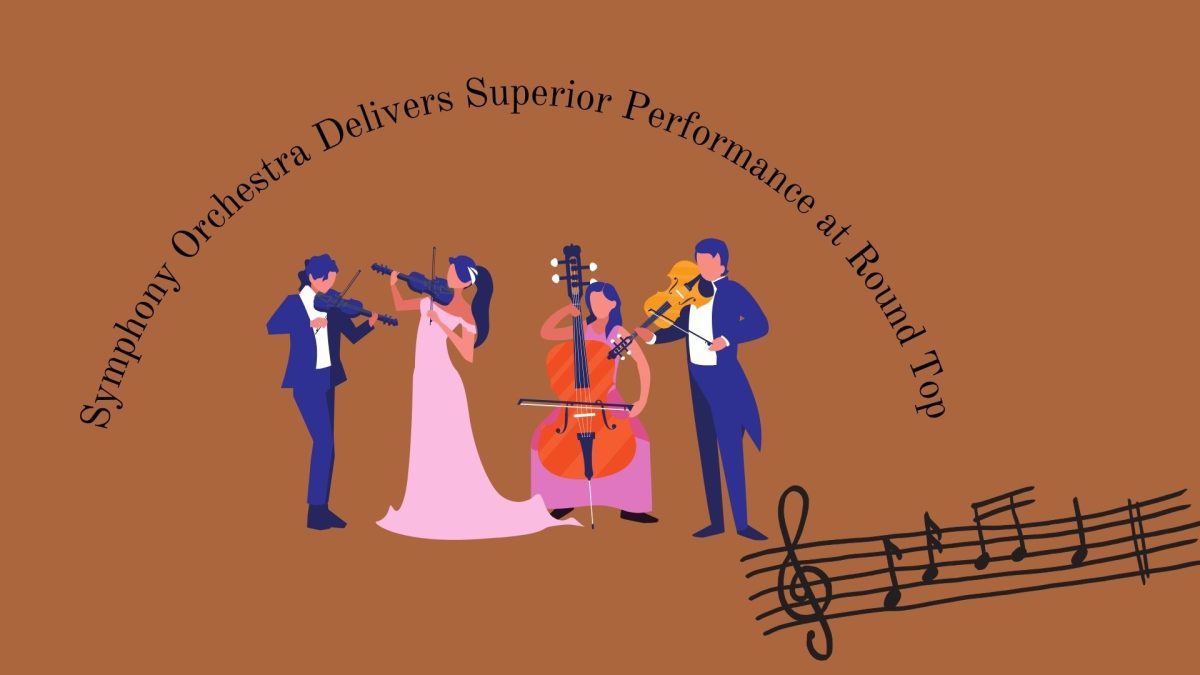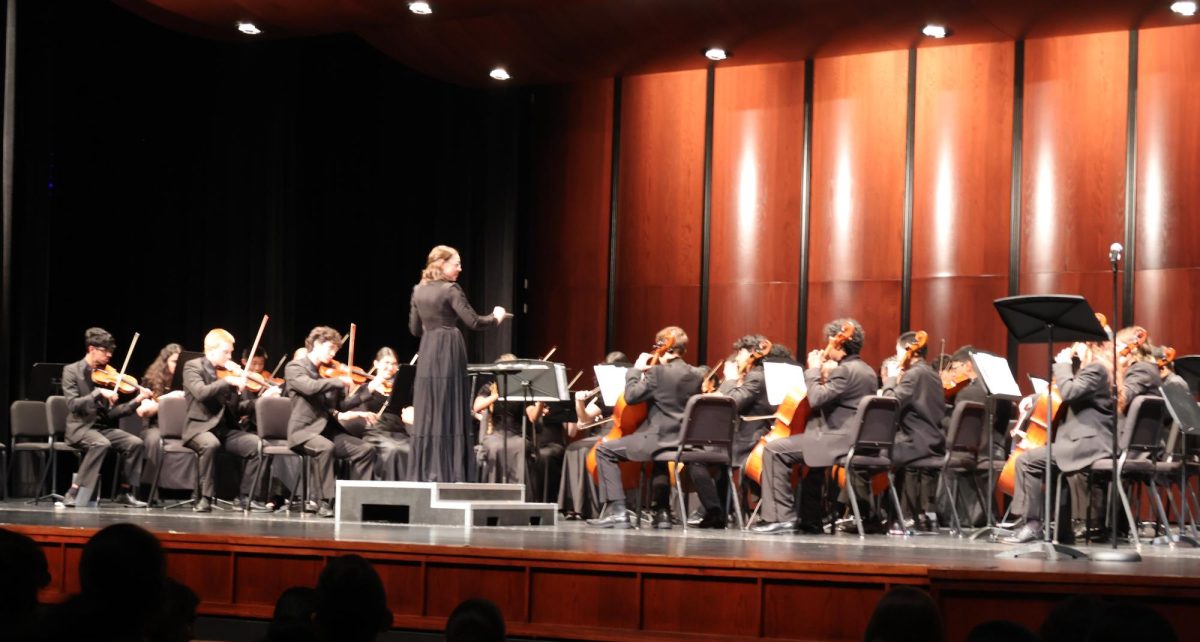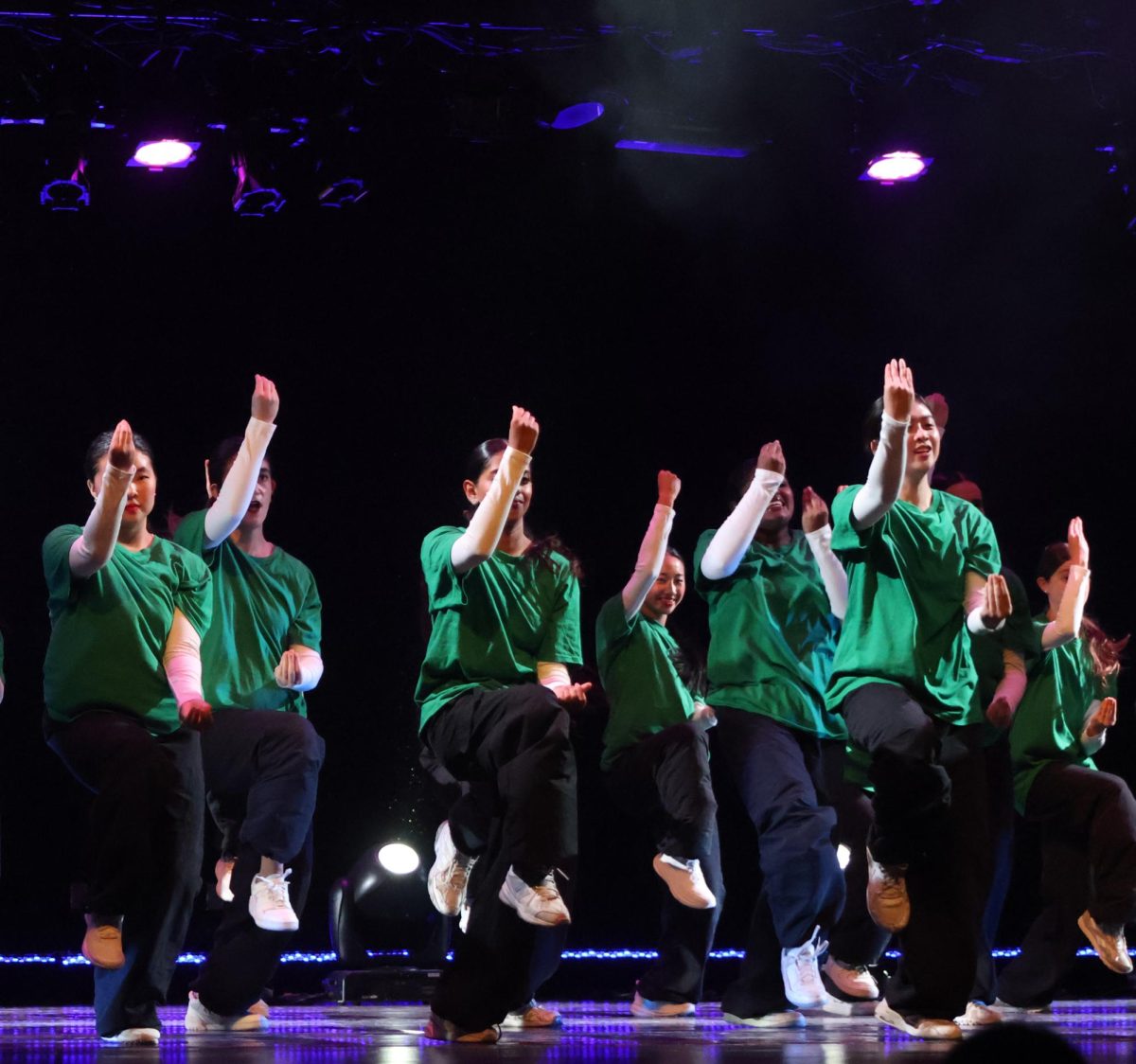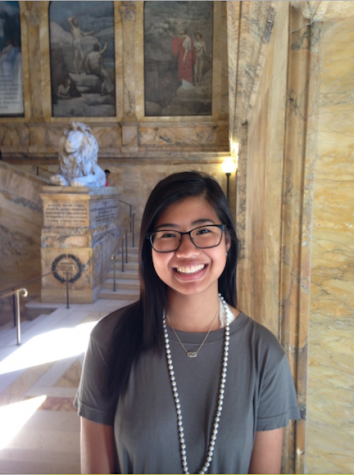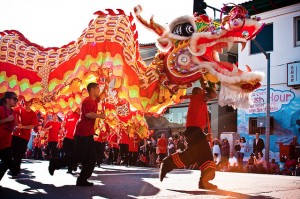
In a flurry of floating lanterns, wide-eyed dragon and lion dances, money-filled red pockets, rich food, and loud firecrackers, families and friends across the globe celebrated Chinese Lunar New Year. Because the Chinese calendar depends on the cycle of the moon, the Lunar New Year falls on a different date every year sometime between Jan. 21 and Feb. 20. Each year also corresponds to a Chinese zodiac animal. This year, the Year of the Sheep (or Goat or Ram) began on Feb. 19.
The Chinese New Year entails many traditions. Perhaps the favorite of every youth worldwide is the distribution of hongbao (red pockets) filled with money from relatives. The new year also ushers in change. Traditionally, Chinese families clean their houses and decorate the walls with red scrolls of gold Chinese characters. The red scrolls include phrases that ward off bad luck and promote good fortune for the new year.
The Lunar New Year celebrations also include exciting and vibrant parades. Children stand on the sides of the street, covering their ears and giggling with joy as firecrackers pop in the background and a multitude of performers bound down the street. The most well-known are the mesmerizing lion and dragon dances. Trained professionals act at the legs of the dragon or lion. The dancer at the very front hold onto a large lion/dragon head, complete with hand-operational blinking eyes and a mouth that opens and closes.
One of the most highly anticipated aspects of the Lunar New Year celebrations is the dinner. Certain dishes are always expected, and each one holds a special meaning. For example, noodles signify long life, oranges symbolize good fortune, dumplings symbolize wealth, sticky rice cake and fish for improved prosperity, peanuts for health, and much more.


